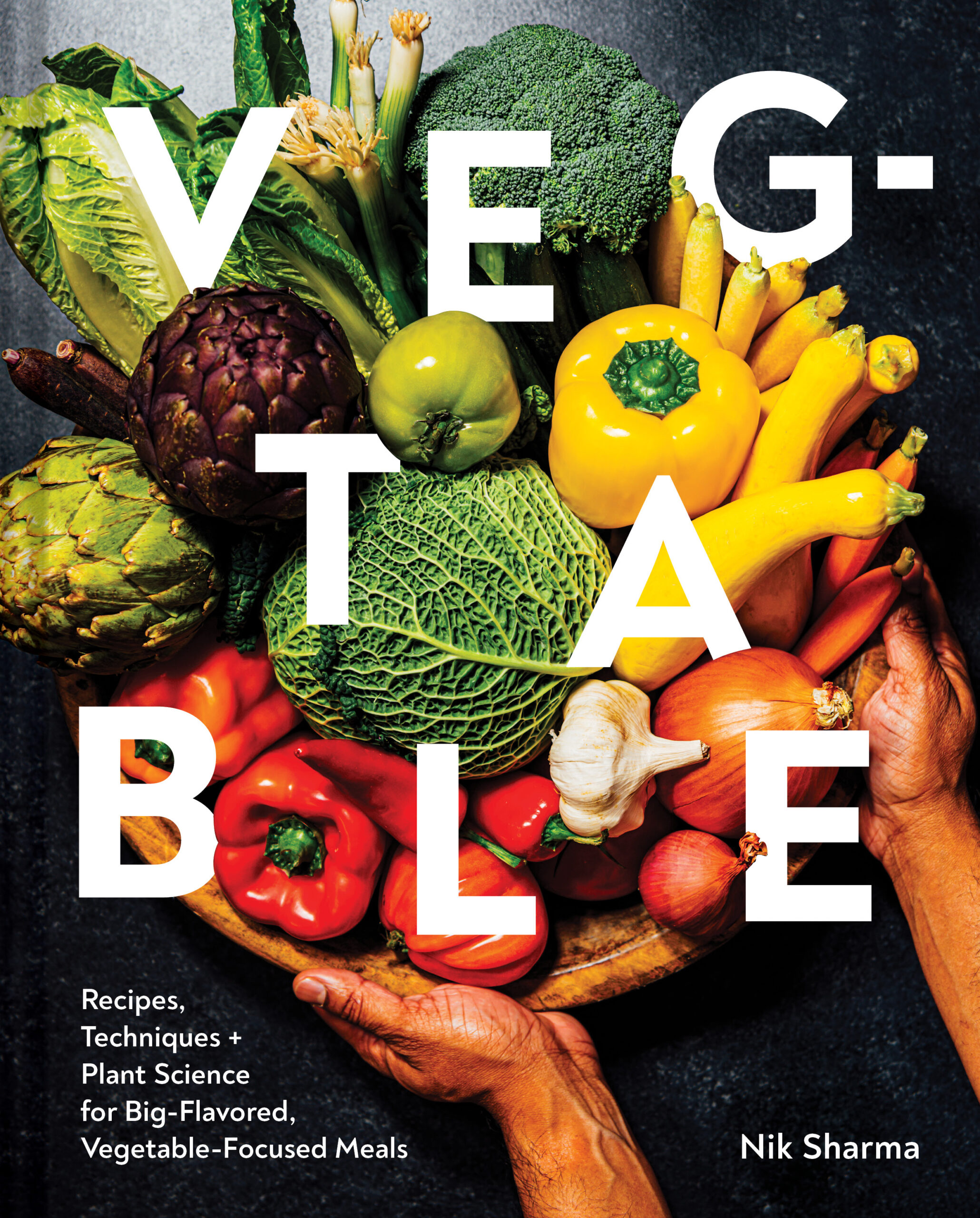
Puff pastry is one of those mysterious and magical inventions of man where a simple mixture of flour, butter and yeast create a light and flaky texture. It requires a little bit of time and patience and low temperatures and you can file this one under “weekend projects” but once you’ve tried it out, you will want to avoid buying the store bought stuff.
There are several different recipes in books and on the internet when it comes to making puff pastry from scratch but when I got to review the Cook’s Illustrated “Cook’s Science” cookbook, it was the recipe that immediately stood out. As always, they’ve done a marvelous job of making it easy for home kitchens and explained the science behind this unique pastry. There are three key things to keep in mind here;
1. Use a high-protein content all-purpose flour.
2. Turn the pastry three times to create a light pastry that will contain hundreds of delicate layers.
3. Use European-style butter for it’s higher fat content. If you use regular butter (which has a lower fat content and more water) some books and recipes recommend adding a little extra flour to the butter but that as Cook’s Illustrated points out creates a pastry that is not as flaky.
4. Keep everything as cold as possible. A warm will your butter soften fast and your pastry will be too delicate to handle. Chill the pastry as soon as it starts to get too sticky or soft.
5. Use a cold surface such as marble or metal to keep the pastry cold at all times. It will give you much better results.
Use this puff pastry to make desserts such as croissants or danishes or line a pie or tart. It’s a useful recipe to keep on hand.










laminated dough (from Cook’s Illustrated Cook’s Science 2016)
yields: one sheet of puff pastry – 18X16 inch rectangle
ingredients
3 tablespoons + 24 tablespoons unsalted European-style butter, very cold (it is easier to start with a rectangular chunk of butter or sticks)
1 3/4 cups whole milk
4 teaspoons instant or rapid-rise yeast
4 1/4 cups (602.42g) all-purpose flour
1/4 cup (49.61g) bakers sugar
2 teaspoons fine-grain sea salt
1 large egg
1 tablespoon water
1. Melt the 3 tablespoons of butter over low heat in a medium saucepan. Remove from heat and stir in the milk (temperature must be less than 80F). Whisk in the yeast, transfer the milk mixture to the bowl of a stand mixer. Add flour, sugar, and salt. Using the dough hook, knead on low speed until cohesive dough forms, 2 to 3 minutes. Increase speed to medium-low and knead for 1 minute. Remove bowl from mixer, remove dough hook, and cover bowl with plastic wrap. Let dough rest at room temperature for 30 minutes.
2. Transfer dough to parchment paper-lined rimmed baking sheet and shape into 10X7 inch rectangle about 1 inch thick. Wrap tightly with plastic and refrigerate for 2 hours.
3. Butter Block: Take a full sheet of parchment paper and place the butter at the center of the sheet and wrap the sides of the paper over the butter to form a rough 6 inch square. Then using a rolling pin, gently beat the butter to fill up the empty space and form 6 inch square. Using the end of a bench scraper to get the butter block into shape. Stick the butter block, wrapped in the paper into the refrigerator for about 45 minutes.
4. Dough Lamination: Transfer the dough to the freezer. After 30 minutes, transfer the dough to a lightly floured counter and roll into a 17 X 8 inch rectangle. Unwrap the butter and place it at the center of the dough, fold the two sides of the dough over the butter square so they meet in the center. With the rolling pin, press firmly on each open end of the packet. Roll out dough, perpendicular to edge of counter, to rectangle 24 X 8 inches. Bring bottom third of dough up, then fold the upper third over it, folding like a business letter into an 8-inch square. Turn dough 90 degrees clockwise. Roll out dough again, perpendicular to the edge of the counter, into 24X8 inch rectangle and fold into thirds. Place dough on a baking sheet, wrap tightly with plastic, and return to freezer for 30 minutes.
5. Transfer dough to lightly floured counter and roll into 24X8 inch rectangle and fold into thirds. Place dough onto baking sheet, wrap tightly with plastic and refrigerate for 2 hours.
6. Transfer dough to freezer. After 30 minutes transfer to a lightly floured counter and roll into 18X16 inch rectangle with long side of rectangle parallel to the edge of the counter. Lightly dust the dough on both sides with a little flour, fold the dough over itself to create 3 folds and wrap tightly with plastic and freeze in an airtight ziploc back until needed for up to 2 months.


